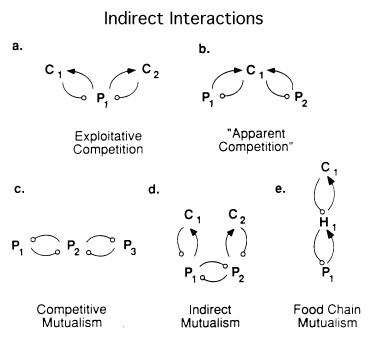|
|
|
You should not take more than 1,000 mg of vitamin E per day. Doses above this amount increase the risk of bleeding problems that can lead to a stroke.
People with high total cholesterol have about two times the risk for heart disease as people with ideal levels.
The heart is located in the center of the chest, with part of it tipped slightly so that it taps against the left side of the chest.
Your skin wrinkles if you stay in the bathtub a long time because the outermost layer of skin (which consists of dead keratin) swells when it absorbs water. It is tightly attached to the skin below it, so it compensates for the increased area by wrinkling. This happens to the hands and feet because they have the thickest layer of dead keratin cells.
The familiar sounds of your heart are made by the heart's valves as they open and close.







